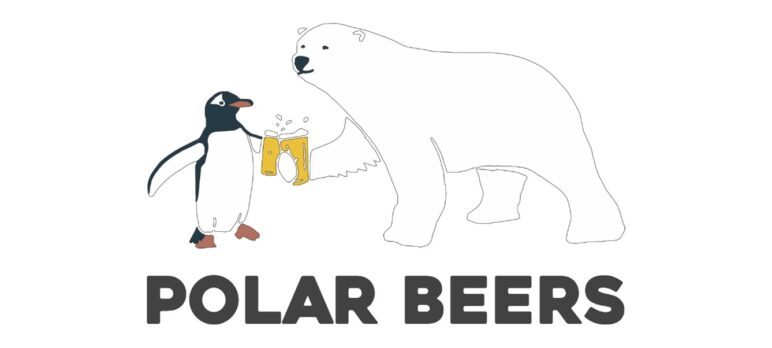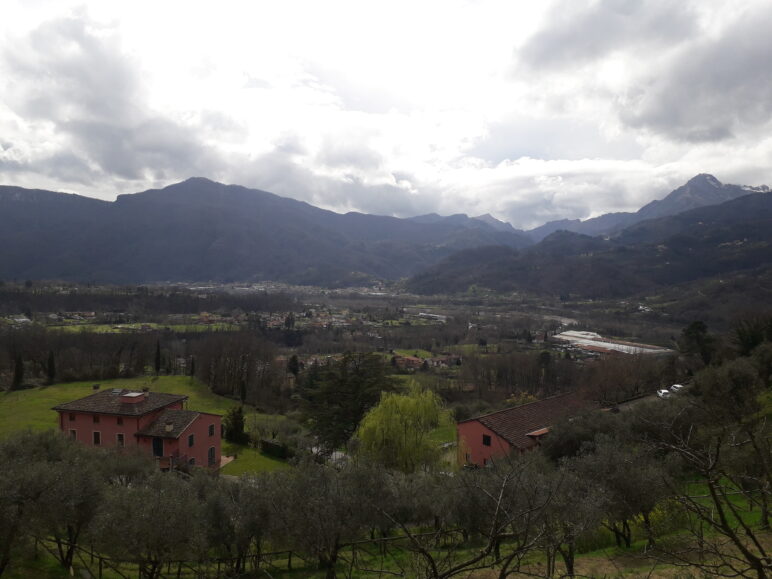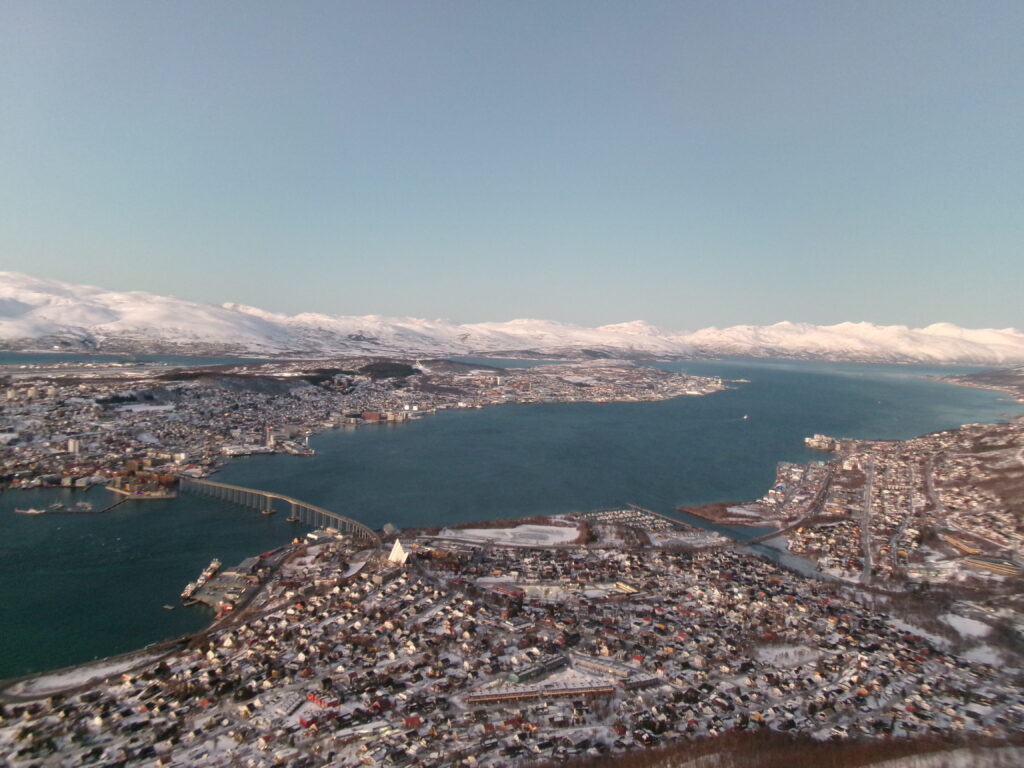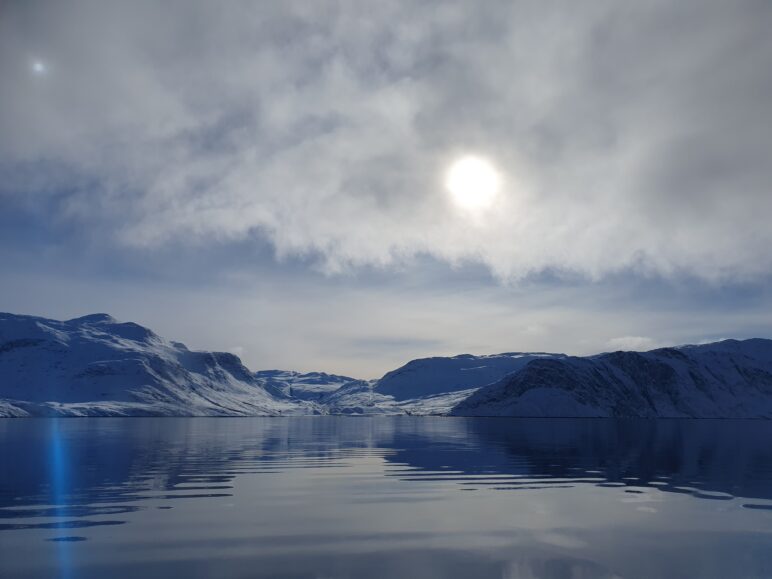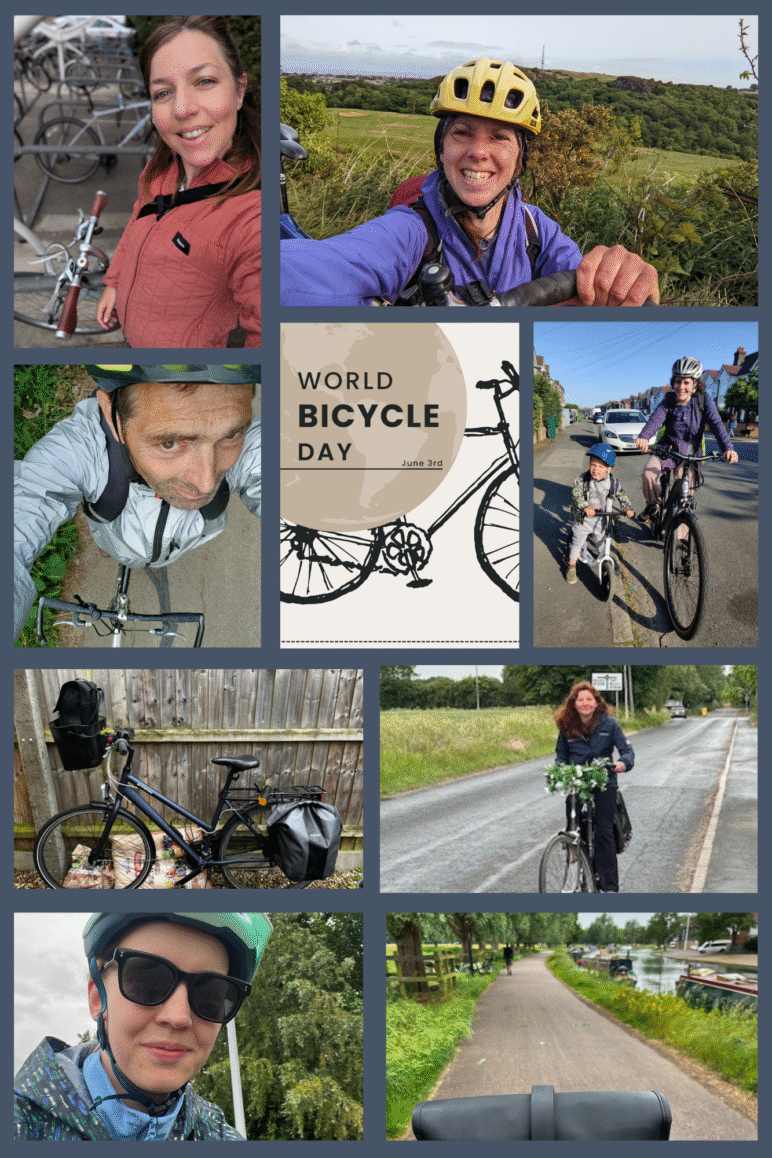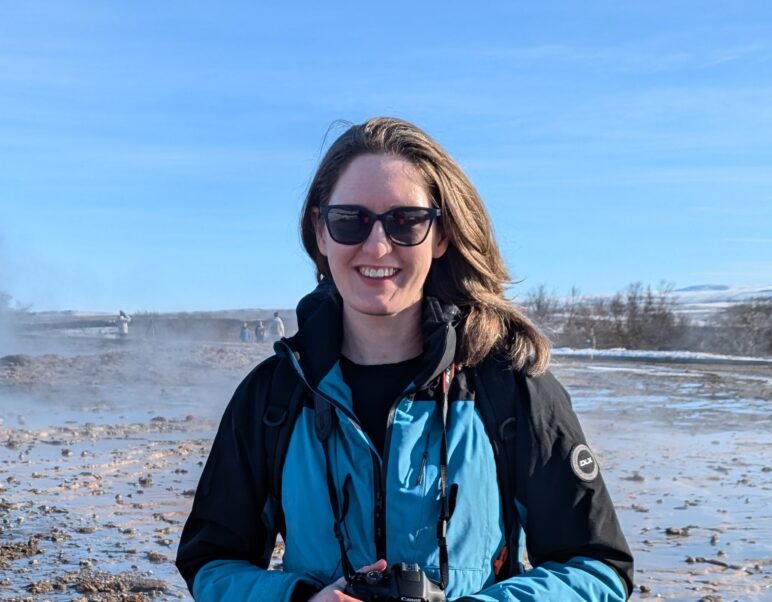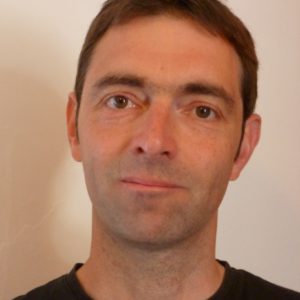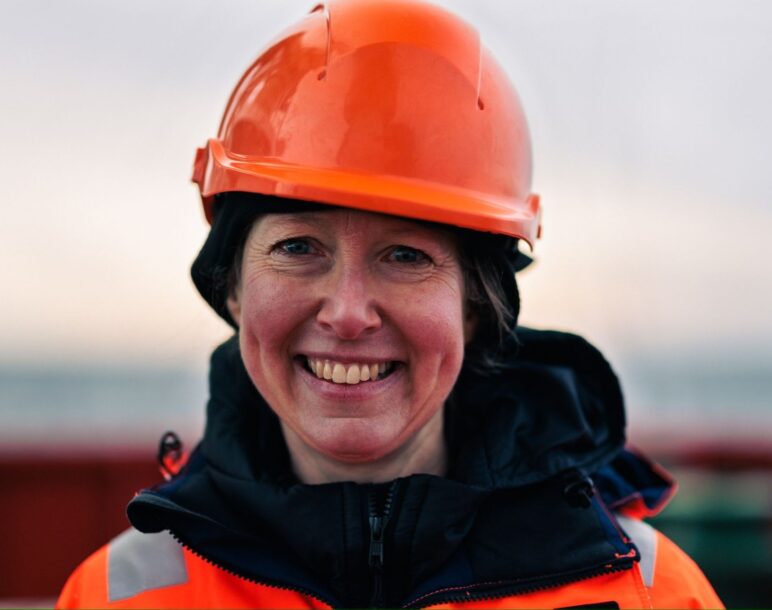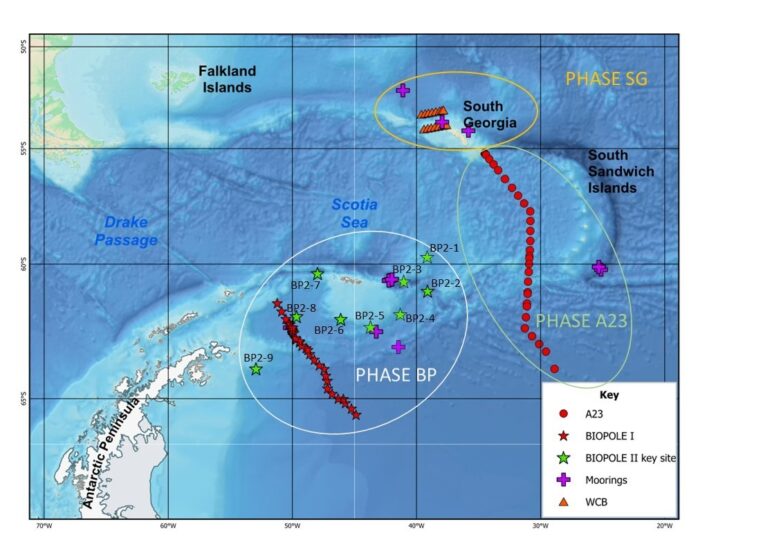The UK Polar Network organizes an event called Polar Beers, a fun and engaging event that brings polar research to the public in the welcoming and cozy setting of a pub.
Polar Beers came to Cambridge Castle Bar on the 9th of April with the theme “Pole to Pole” — addressing the similarities and differences between the Arctic and Antarctic. This was a perfect fit for BIOPOLE’s bi-polar remit and was very conveniently timed just after our long expedition to the Southern Ocean on board the RRS Sir David Attenborough. So what better way to showcase our fresh findings than a trip to the pub?!
I put together a talk entitled “Tiny but mighty: what polar species do for us” highlighting the amazing role polar zooplankton have in transporting carbon to ocean depths where it can be sequestered for decades if not centuries. Central to the talk were polar copepods whose seasonal vertical migrations are a key research topic for BIOPOLE. It was brilliant to share images of the copepods we had found and tell tales of our adventures at sea from just one week earlier.
Before the second wonderful and thought-provoking talk (Socially and Ecologically Responsible Arctic Research by Pilvi Saarikoski, British Antarctic Survey) there was a break for drinks, mingling, and a polar-themed quiz. Some fun facts from my talk may have appeared as bonus questions…. how many can you answer?
- How much carbon are Antarctic krill estimated to export to the deep sea each year?
- Name a type of net used to catch copepods.
- Polar copepods enter a type of hibernation state each winter. What is this hibernation called?
It was a pleasure to be part of this event and to support UKPN’s aim of providing a space for everyone who is curious in polar science to come along and learn, chat and have fun. Do follow the UKPN and keep an eye out for a Polar Beers event in your city!

Answers:
- 20 million tonnes, 2. MAMMOTH or bongo, 3. Diapause.
The author of this article Jen Freer (British Antarctic Survey)

